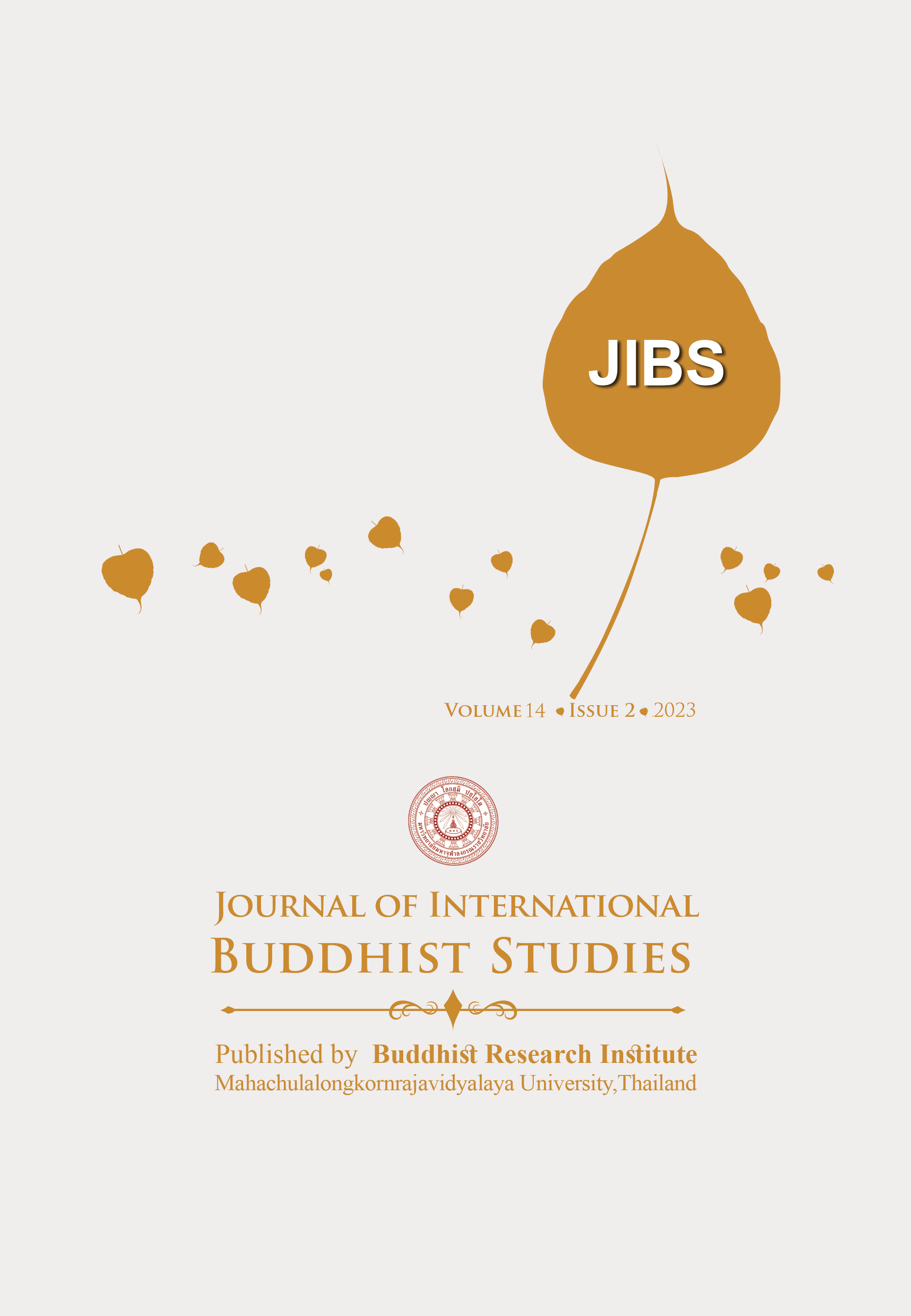An Analysis of the Relationship between Brain Waves in Electroencephalography (EEG) and Concentration Meditation Practice in Theravāda Buddhism
Keywords:
Brainwaves, Electroencephalography (EEG), Concentration Meditation Practice, Theravāda BuddhismAbstract
Nowadays in Western countries, there is much interest in studies of Buddhist meditation practice. This article is focused on an analysis of the relationship between brainwaves in electroencephalography (EEG) and concentration practices in Theravāda Buddhism. The following are the findings: meditation has a good effect on the brain. Despite the fact that we can detect these good effects by several methods, one of these methods (EEG measurement) shows that deep meditation activates slow brainwaves, and we can use meditation in many ways to improve emotional & physical health. Based on the findings in this analysis, the more deep concentration, the more brain synchronization occurs, and the slower are the brainwaves. As a result, the body and the brain can rest. Therefore, our findings indicate that meditation can be used to release stress, anxiety and depression. It can also heal diseases and improve some symptoms thereby contributing to disseminate concentration practices in Theravāda Buddhism in modern science in order to create love, happiness and wisdom to build the world peace.
References
Abhang et al. Introduction to EEG and Speech Based Emotion Recognition. London: Academic Press, 2016.
Kasamatsu, Akira and Tomio Hirai. “An Electroencephalographic Study on the Zen Meditation (Zazen).” Psychiatry and Clinical Neurosciences, 20 (1996): 315–336.
Chiesa, Alberto and Alessandro Serretti, “A Systematic Review of Neurobiological and Clinical Features of Mindfulness Meditations.” Psychological Medicine, 40 (2010): 1239–1252.
Dockthaisong, Boonton. “Meditation and Mindfulness as Methods to Sharpen and Enhance the Brain.” PSAKU International Journal of Interdisciplinary Research 7 (2018): 25-30.
Bergland, Christopher. AlphaBrain Waves Boost Creativity and Reduce Depression, Accessed March 14, 2022, https://www.psychologytoday.com/blog/the athletes-way/201504/alpha-brain-waves.
Staff, Gaia. Meditation and Brain Wave, Accessed December 18, 2021,
https://www.gaia.com/article/meditation-and-brainwaves.
Fannin, Jeffrey L. Understanding Your Brainwaves. Accessed April 19, 2020,
https://www.scrbd.com/document/339287713/Understanding-brainwaves-White-paper.
Silva, Jose and Philip Miele. The Silva Mind Control Method. New York, Gallery Books, 2022.
Walshe, Maurice. Mahāsatipaṭṭhāna Sutta: The Greater discourse on the Foundations of Mindfulmess, Dīgha Nikāya. Boston: Wisdom Publications, 1995.
________. Sangīti Sutta: The Chanting Together, The Dīgha Nikāya, (Boston: Wisdom Publications, 1995), 482.; Maurice Walshe, Dasuttara Sutta: Expanding Decade, The Dīgha Nikāya. Boston: Wisdom Publications, 1995.
Cahn, Rael and John Polich. “Meditation States and Traits: EEG, ERP, and Neuroimaging Studies.” Psychological Bulletin 132 (2006): 180–211.







